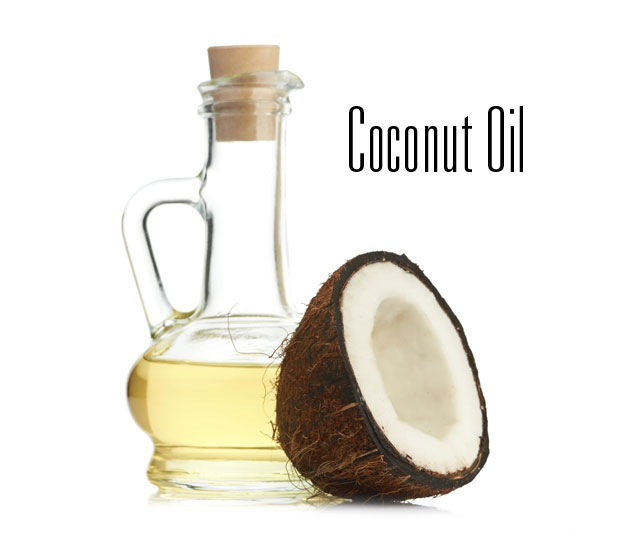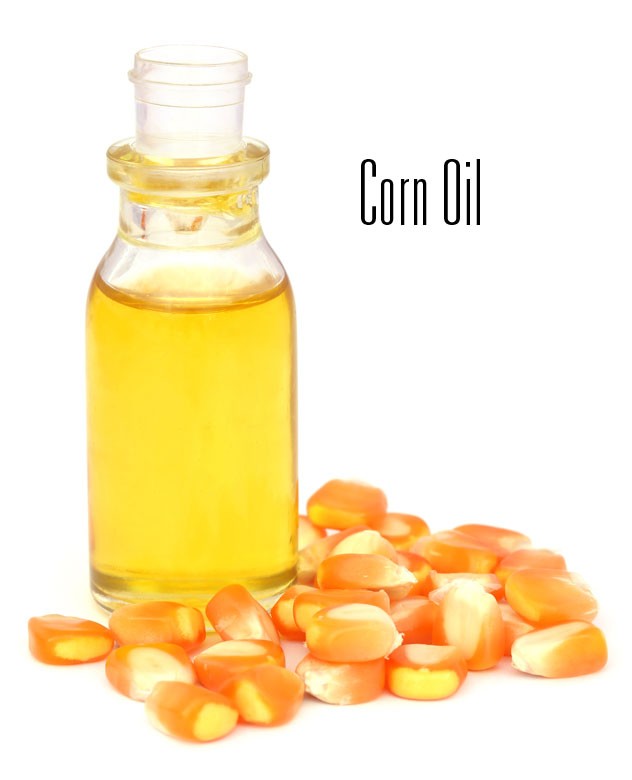With so many different types of cooking oils to choose from, knowing which cooking oil to use for a meal or specific cooking technique can become daunting and a bit confusing. For sake of ease in your culinary education use this guide as a resource while planning your next meal.
Are smoke points important?
One of the most important things to know when cooking with fats, like oils, is what their smoke point is. Their smoke point is considered the temperature when smoke starts to become visible; once a cooking oil exceeds its smoke point it begins to break down and is no longer good for consumption. Cooking oils with different smoke points exist not only to help you with flavors but also for different types of cooking.
Refined vs. unrefined oil
Oils that are extracted from olives or nuts and bottled without much processing are considered to be unrefined; these are the oils best-suited for drizzling, dressings and lower temperature cooking. On the other hand, oils that undergo more refinement processes — filtering, bleaching and high-temperature heating — are considered more refined and used for high-temperature methods of cooking like searing, sautéing, deep-frying and stir-frying.
Below we’ve listed some of the most common oils available, as well as tips to choosing the right ones for your recipes:
Canola oil is considered one of the best oils because of its heart health benefits — it has less saturated fat than most commonly used oil in the U.S. Less saturated fat means lower cholesterol levels. Because of canola oil’s high smoke point and versatility, it is perfect for stir-frying fresh vegetables or lean meats, marinades and vinaigrettes and baking.

Coconut oil has been all the rage in recent years. With a low smoke point, coconut oil is not ideal for high-temperature cooking. Instead use it when baking desserts or making ice cream, cooking curries, soups or stews.
Pro tip: For a no-fuss, fat-free alternative to traditional coconut oil try cooking with PAM® Coconut Oil.
Corn oil is oil extracted from … you guessed it: corn. Corn Oil brings out a natural rich flavor in fried foods and in flavorful ethnic dishes. Used best when deep-frying chicken, French fries, or fish; cooking ethnic foods like Mexican and Southwestern foods and when baking.

Olive oil essentially is oil that’s been pressed out of olives. The craft of extracting oil from olives was perfected by the Mediterranean region thousands of years ago, but in today’s day and age most of the pressing is done by steel rollers. Olive oil is used best when poured over a salad or mixed into a salad dressing, for marinades, added at the end of cooking for some flavor or in sauces. If you’re looking for a low-fat alternative to olive oil use PAM® Olive Oil. It’s great for recipes like Angel Hair Pasta with Chicken and Shrimp.

Popular in Asian dishes, sesame oil is one of the most distinctive and flavorful oils you’ll find. It has a sweet and nutty flavor that’s enhanced when the sesames seeds are toasted. There are two types of sesame oil: light and dark. Light is good for deep-frying and dark sesame oil is better for stir-frying and dipping sauces

Low in saturated fat and high in Vitamin E, sunflower oil makes a great alternative to most oils that have a high smoke point. Use it when pan-frying, deep-frying, as an extra ingredient in salad dressings, or baking.

Another common oil that you’ll find on supermarket shelves is vegetable oil. Its high smoke point and neutral flavor make it ideal when used for searing meat, stir-fries, making mayonnaise and even popping popcorn.









